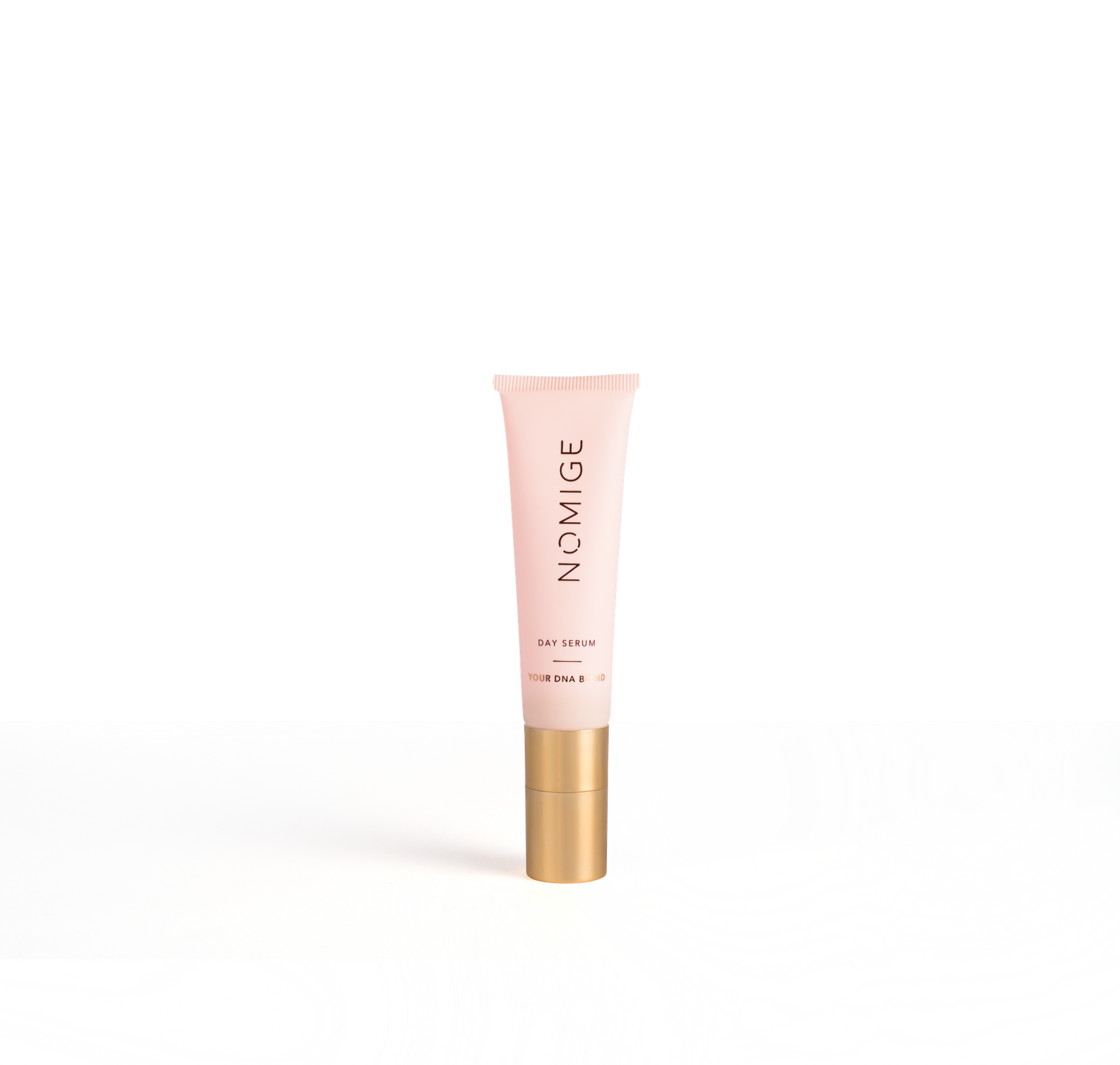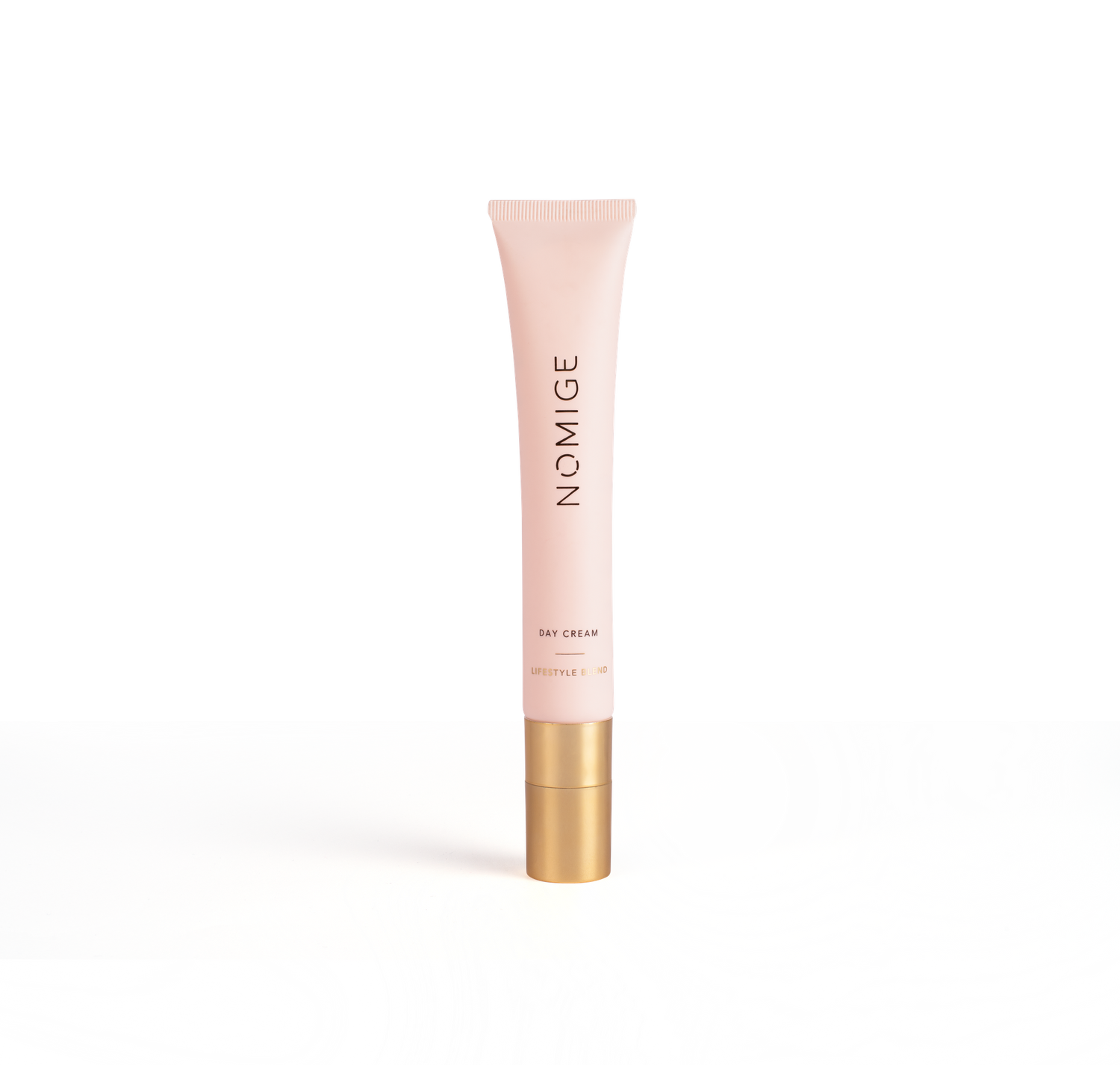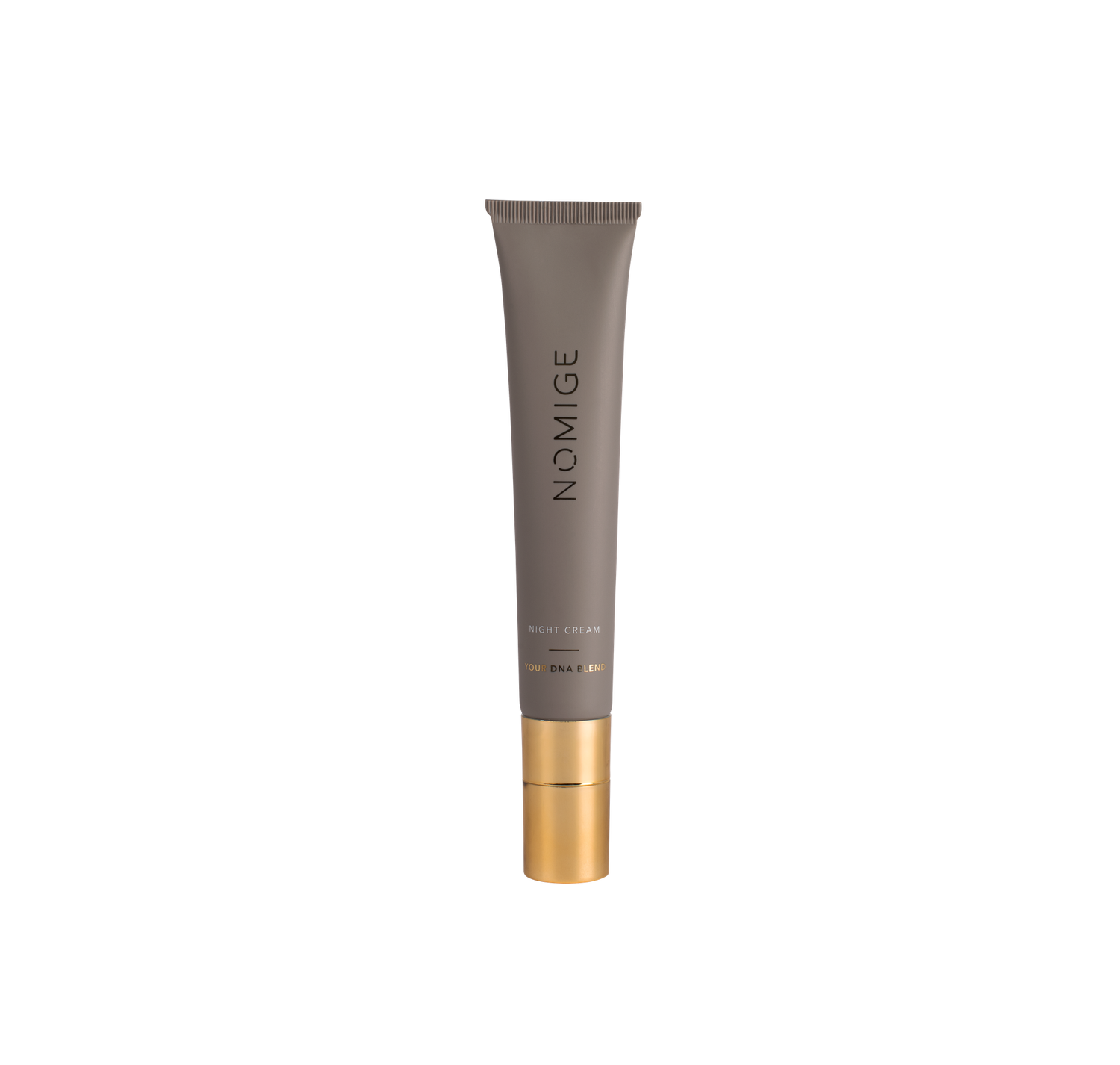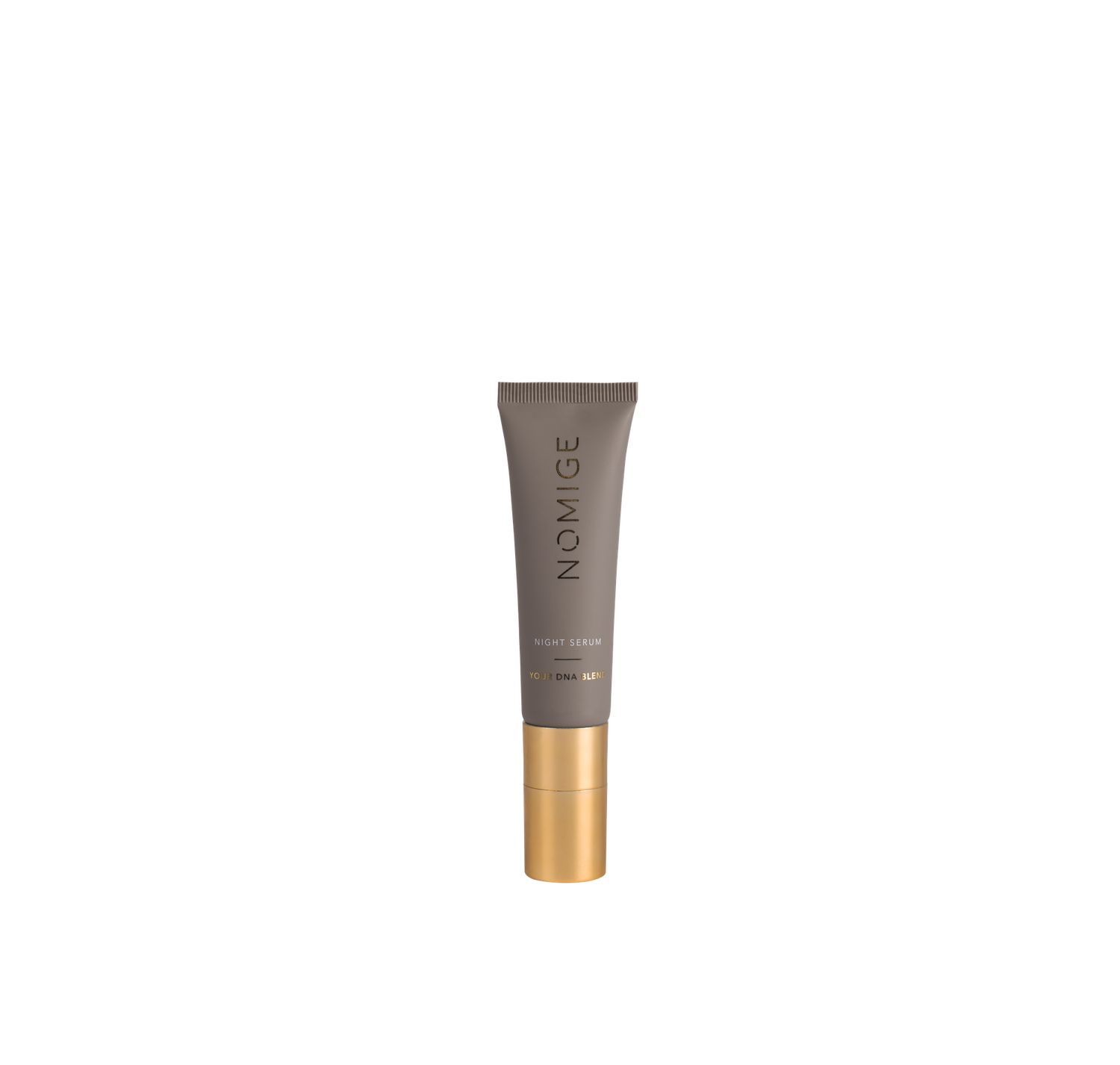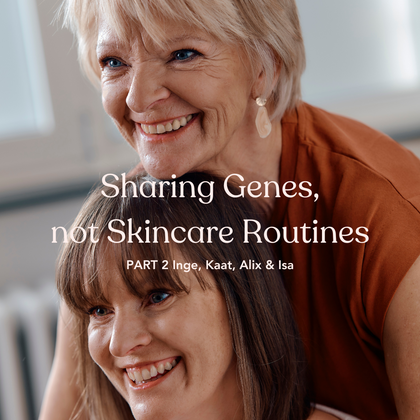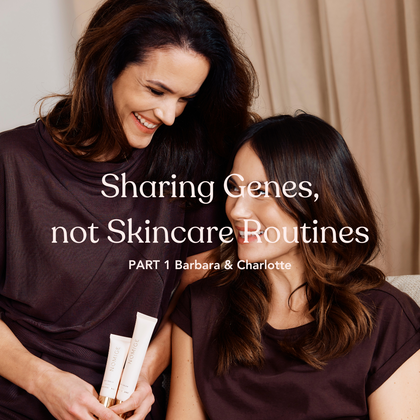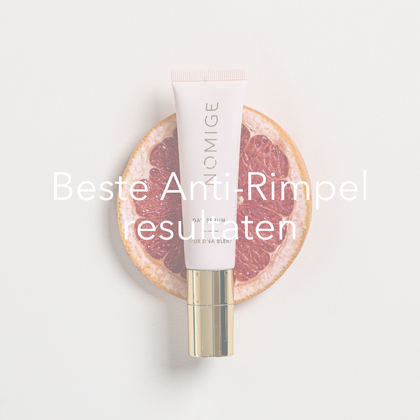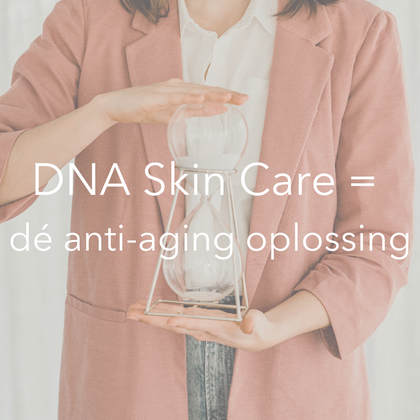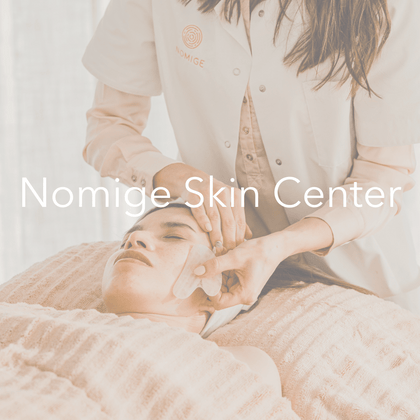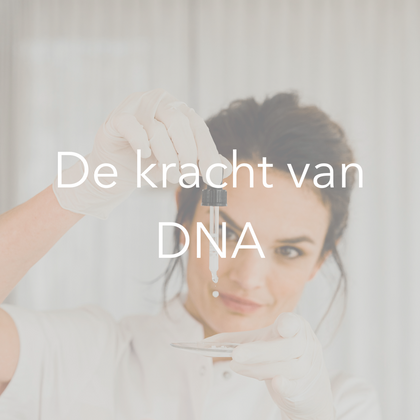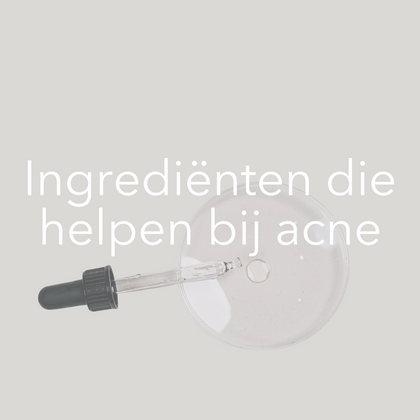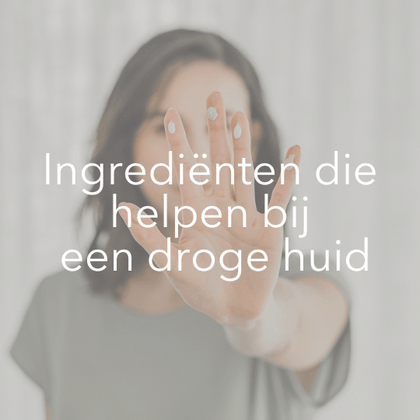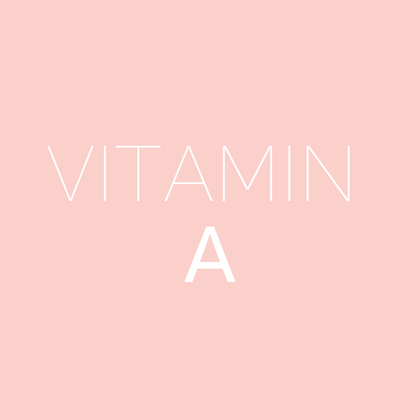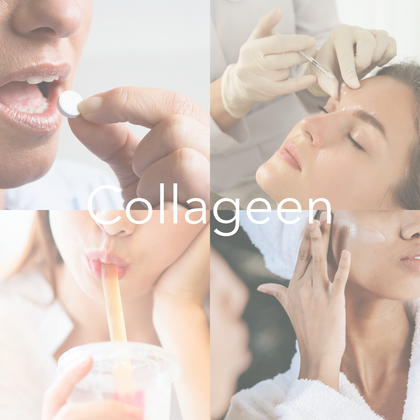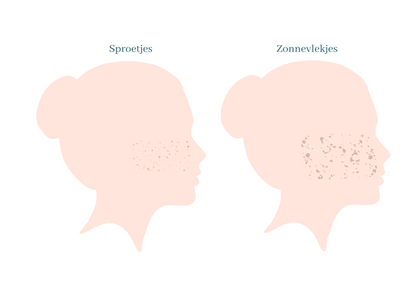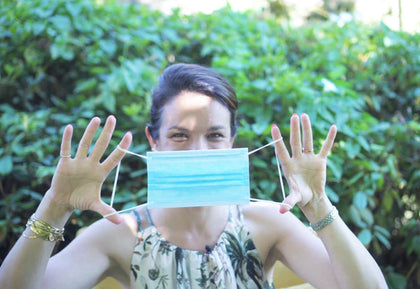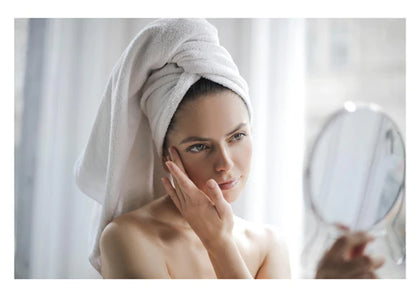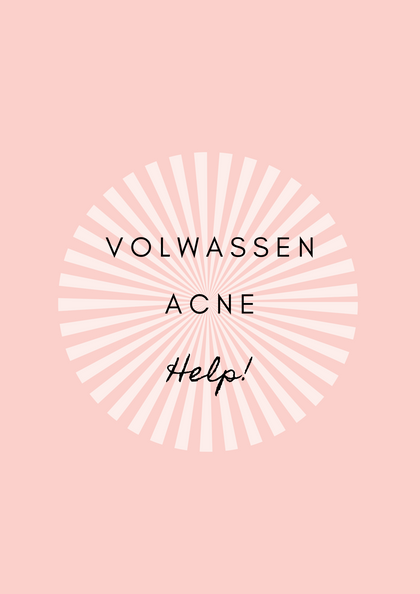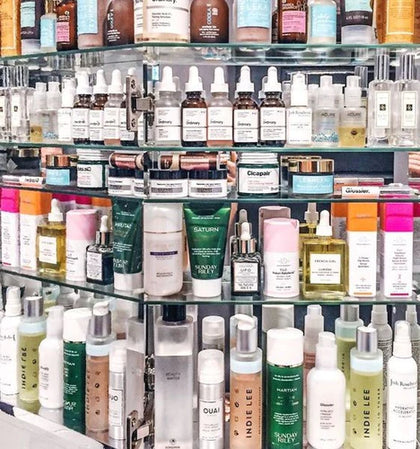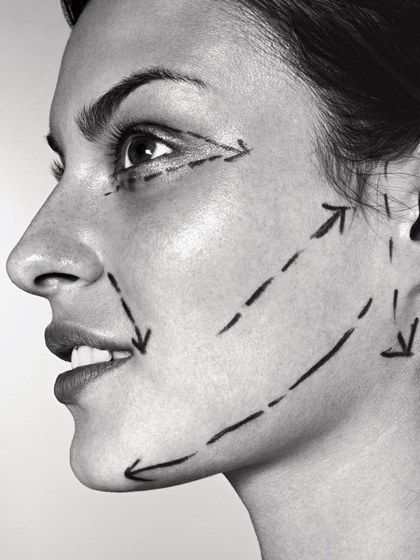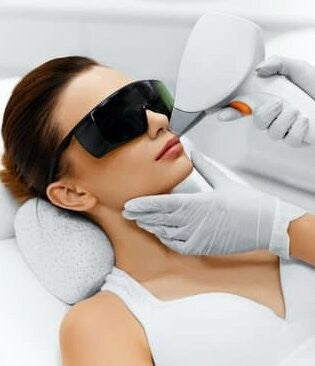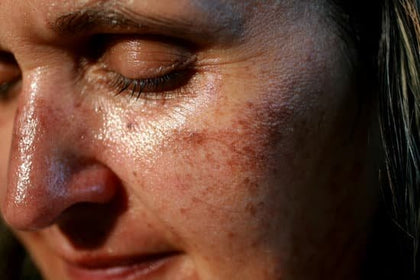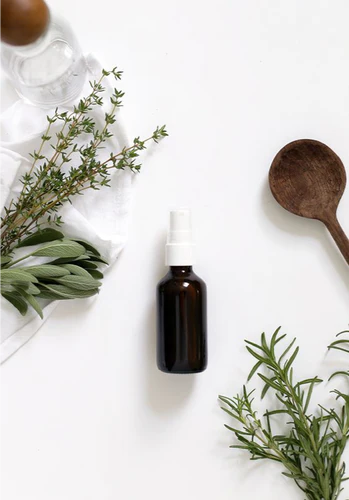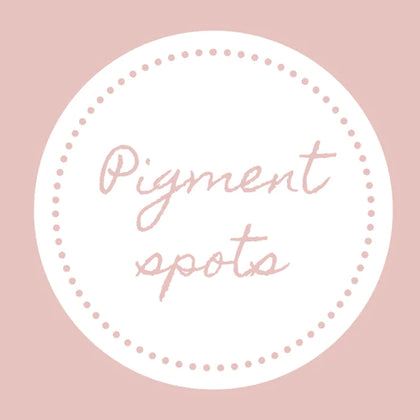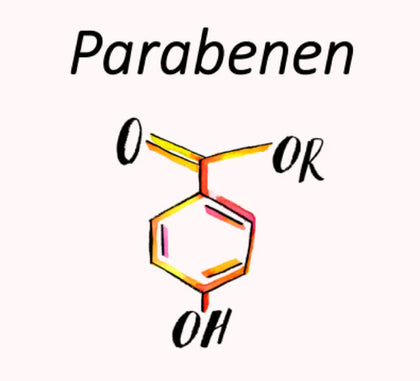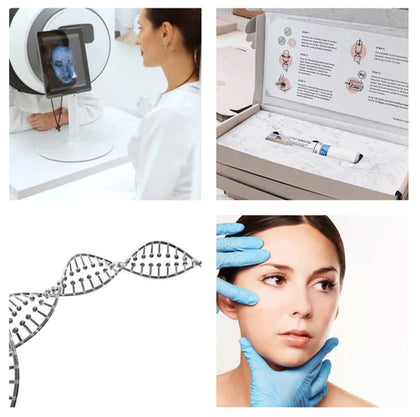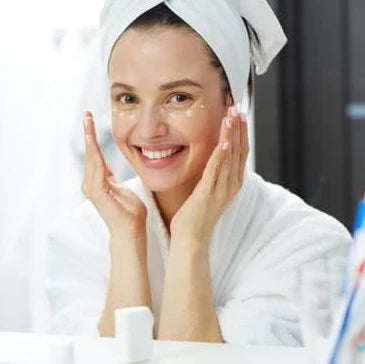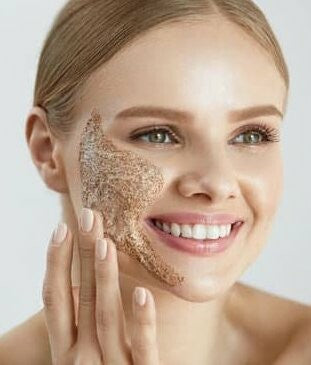Behandelingen voor hyperpigmentatie
Het verminderen van pigmentvlekken op de huid staat in de top vijf van meest gevraagde huidbehandelingen. Niet verwonderlijk, want ze zijn een belangrijke marker van huidveroudering en veel vrouwen hebben er last van. In de vorige blog bespraken we wat pigmentvlekken zijn en wat ze veroorzaakt. In deze blog gaan we dieper in op de verschillende behandelingen en wat je kunt verwachten van cosmetica voor pigmentvlekken.
BETER VOORKOMEN DAN GENEZEN
Zoals je in onze vorige blog over het ontstaan van pigmentvlekken hebt kunnen lezen, is er een sterk verband tussen de aanwezigheid van pigmentvlekken op de huid en blootstelling aan de zon. Pigmentvlekken kunnen aangeboren zijn of beïnvloed worden door de hormonen in ons lichaam, maar in de meeste gevallen worden ze veroorzaakt door (langdurige) blootstelling aan de zon. Ons advies is om de zon te vermijden en je huid zoveel mogelijk te beschermen tegen de schadelijke UV-stralen van de zon. Deze 2 maatregelen kunnen het risico op pigmentvlekken sterk verminderen.

ESTHETIC TREATMENTS
Do you suffer from pigmentation spots? Then there are several treatments that can help reduce or remove these spots:

Microdermobrasion
Microdermabrasion is a kind of mechanic peeling. With a device the skin is vacuum sucked while aluminum micro crystals are sprayed on the skin. These aluminum crystals have a slightly abrasive effect on the skins, removing the dead skin cells from the top layer of the epidermis. The skin renews and pigment spots, wrinkles and scars become less visible.
Laser Therapy
Laser treatments are based on the principle of 'selective photothermolysis'. The laser emits an energy pulse that is specifically absorbed by the pigment into the skin and then destroys the pigment. The selective action ensures that the surrounding tissue is not damaged.


Chemical peel
In a chemical peeling, the dead skin cells are " loosened " by the acid present in the cream, lotion or liquid. As a result, the skin renews itself faster and scars and pigment spots fade away. There are different types of chemical peelings. For hyperpigmentation, the following chemical peelings are most commonly used:
- AHA peeling (Alpha-Hydroxy-Acid)
- TCA peeling (Trichlor Vinegar)
- Salicylic acid peeling
It is important to avoid exposure to sunlight after treatment and to use a high sun protection factor. The peeling makes the skin more sensitive to UV radiation. Also make sure that you have this type of treatment carried out in a professional environment. After all, aggressive peelings can damage the skin and cause pigmentation spots. Some people have a higher risk of skin pigmentation after skin damage than others. Your risk can be read from your DNA using variations in matrix metalloproteinase (MMP) genes.
MEDICINAL TREATMENTS
Pigmentation following inflammation (e.g. acne) is often treated with prescription drugs. These drugs are prescribed by the dermatologist and contain one of the active ingredients listed below:
- Hydrochinon or hydroquinone (2%-4%): inhibits the production of melanin (pigment) in our skin and thus prevents the appearance of pigmentation spots.
- Azelaic acid (5%-20%): softens the outer layer of the skin (peeling effect) and reduces the production of melanin pigment in the skin.
- Corticosteroids: Ointments containing corticosteroids can reduce inflammation and discoloration of the skin.
- Tretinoin cream: Tretinoin (vitamin A derivative) causes the skin to renew itself faster. Tretinoin strengthens / accelerates the depigmentation of hydroquinone and are therefore often used together.

COSMETICS
Cosmetic products are also often used in the treatment of hyperpigmentation. The first possibility is the use of care products that contain bleaching or anti-pigmentation ingredients, for example:
- Vitamin C (>10%)
- Niacinamide or vitamin B3
- Liquorice root
- Hydroquinone (maximum 2% in non-prescription products)
- Kojic acid
- Retinol (>0.3%)
There are many products on the market but not all care products are equally effective. Look for products that contain a sufficiently high concentration of the active ingredients. And be realistic about what you can expect from these products. They can help reduce and even out pigmentation spots but they will never completely disappear.
In addition to bleaching ingredients, you can also camouflage spots on the skin with make-up (concealer, foundation and powders) or a coloured day cream (BB or CC cream). Pay attention to the list of ingredients when you buy make-up. Choose mild ingredients that take care of your skin and do not irritate it. Not sure? Send us the list of ingredients.
At Nomige you can choose a tinted day cream. This cream contains all the nourishing and caring ingredients like the classic day cream, but also has a (light) brown tint which gives you a more even complexion and makes your pigment spots less visible. The day cream is available in 3 different shades, depending on your skin type. In addition, each day cream also contains a sun protection factor (SPF 15 or higher if desired) that protects the skin daily against harmful UV rays from the sun. Would you like to try a sample? Send us an email!

DNA based products
Your DNA is the core or the basis of your existence. It's the blueprint that makes you who you are.
Nomige will examine your genetic skin profile to see what your genes look like and what parameters you are at risk for. Nomige then chooses the right ingredients to compensate for these risks and develops your personalised DNA based products.
Gepersonaliseerde producten
40% op basis van externe factoren, 60% op basis van jouw DNA
Bekijk de routine